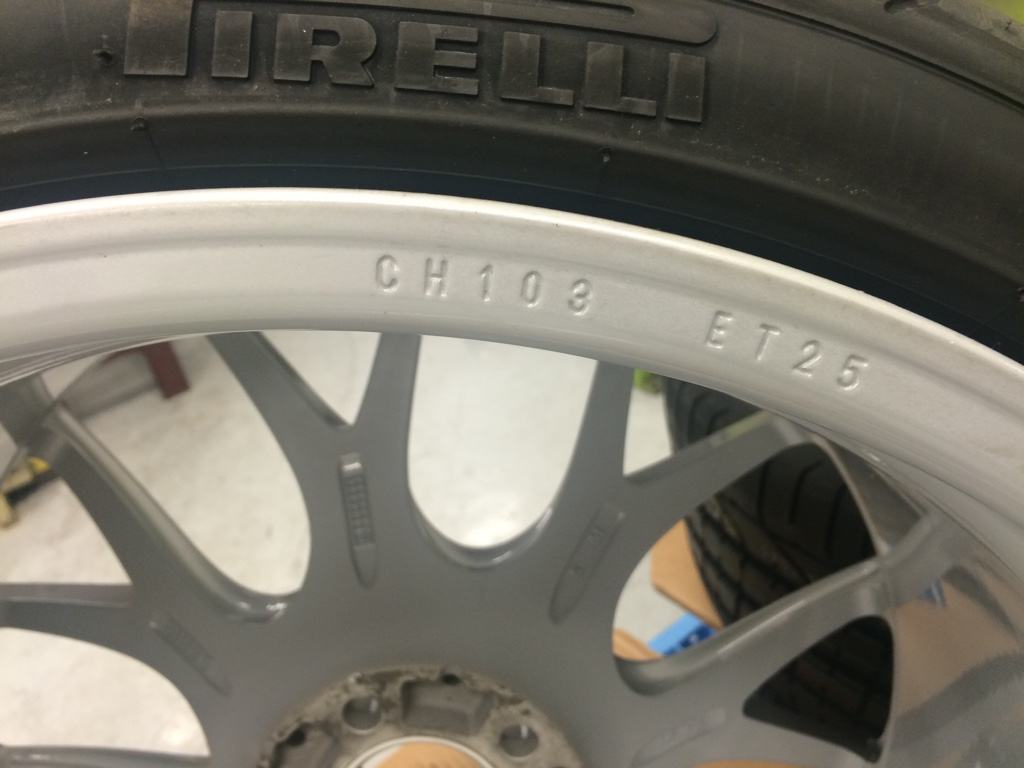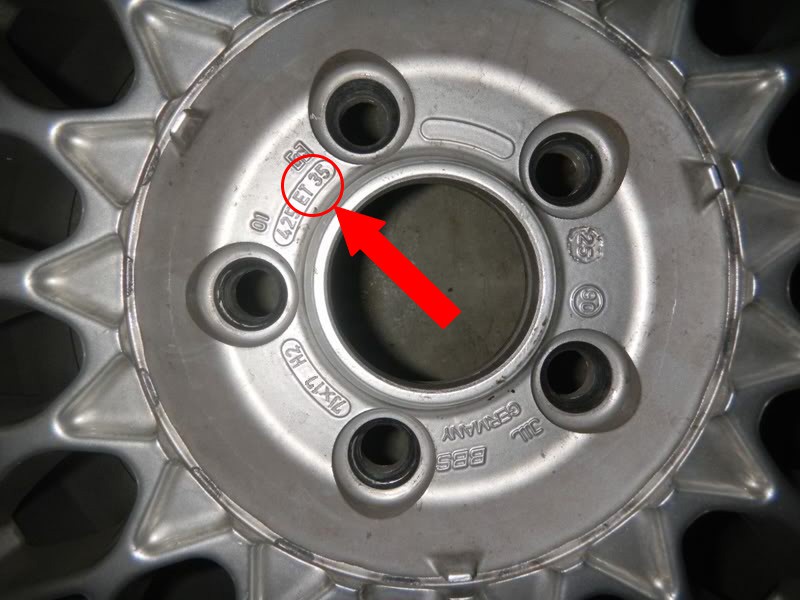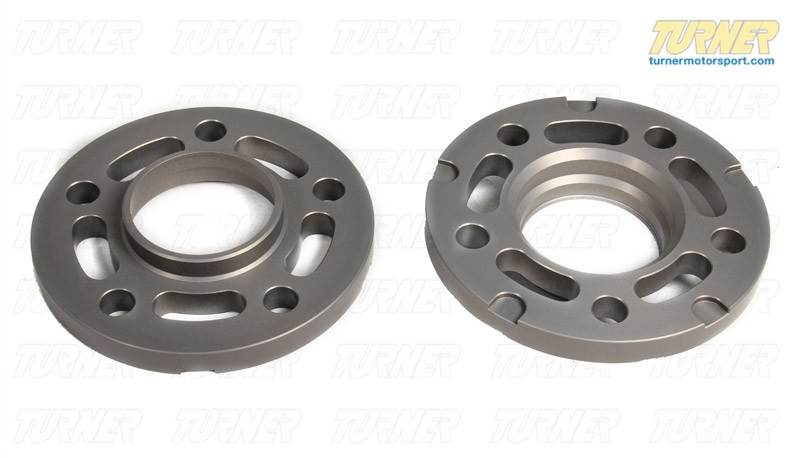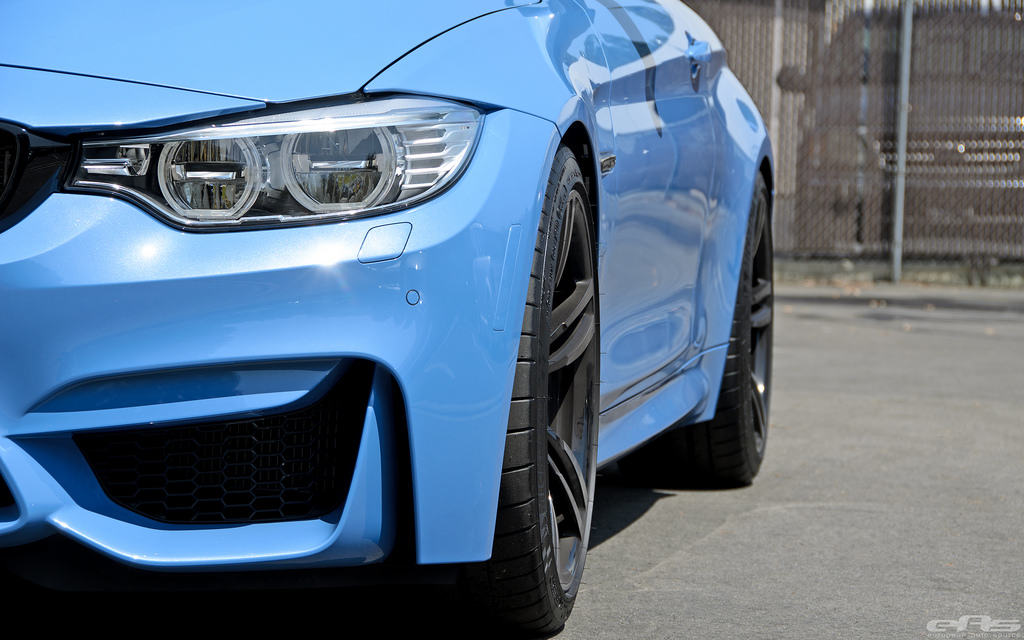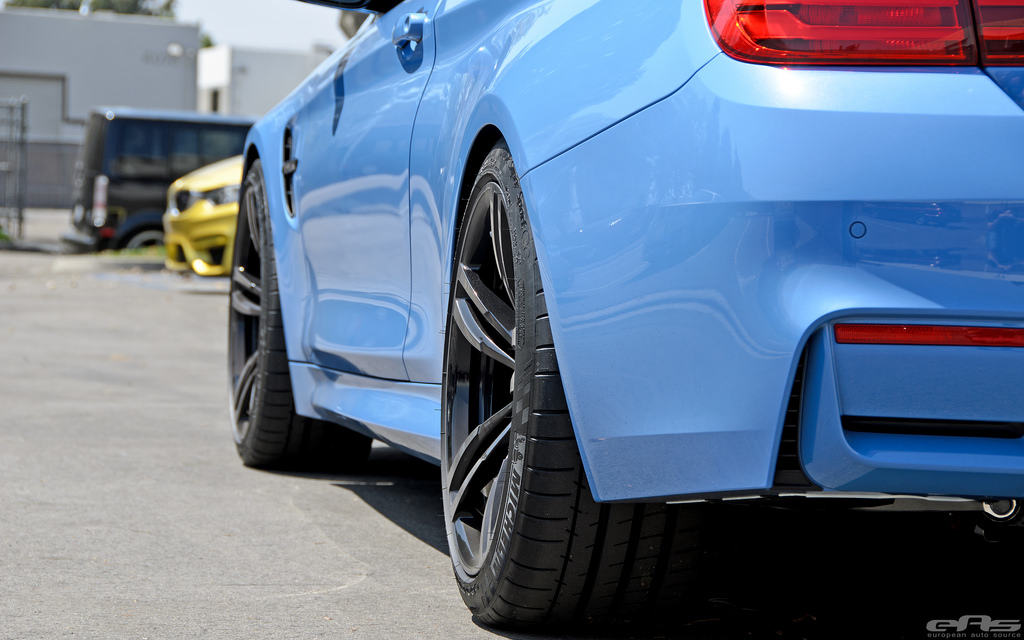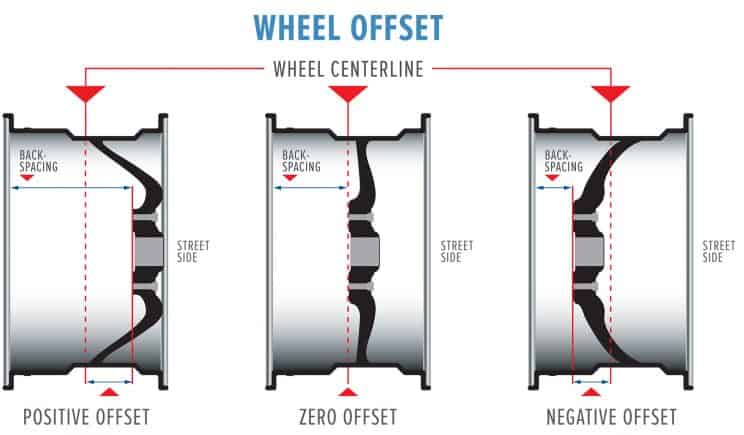
What is wheel offset?
Offset is the distance from the centerline of the wheel to the mounting face of the hub (the face touching your rotor). Traditionally this measurement quantified in millimeters.
What are the three types of offset found on wheels?
Offset is measured in three types: zero, positive, and negative.
Zero offset indicates the hub mounting surface is directly even with the centerline of the wheel (SEE PICTURE ABOVE).
A positive offset is when the hub mounting surface is located towards the face of the wheel in relation to the centerline (SEE PICTURE ABOVE). A positive offset is the most common offset found on cars today.
Negative offset is when the hub mounting surface is located closer to the inside wheel flange in relation to the centerline of the wheel (SEE PICTURE ABOVE). Negative offset wheels are mostly found on trucks and off-road vehicles where the wheels stick out past the fenders.
How can I find the offset of my wheels?
Most OEM BMW wheels feature a stamped offset marking ET followed by a number. "ET" is a German abbreviation for "Einpresstiefe" or "insertion depth". A number stating the offset in millimeters follows the "ET" stamping. A marking of ET35 has a positive offset of 35mm. See the image below for clarification.
Why is the offset of wheels important to understand?
Offset is of no use to you if you are running the factory wheels originally delivered with your vehicle. Knowing and understanding wheel offset comes into play when you are in the market for new wheels; even if they original wheels from another model. Most people purchase wheels based off of looks and stud pattern but often overlook offset as a key factor in installation fit.
Too low of an offset and your wheels will hit your fenders, too high of an offset and your wheels will hit your inner suspension components. It is important to note that if you are going for a wider wheel but keeping the same offset, you are already moving the wheel face closer to your fender. If changing wheel width you have to consider offset for a proper fit. Consult with a proper technician or do your research on changing offset before buying an expensive set of wheels.
Can I change offset without changing wheels?
Yes. Companies make wheel spacers with varying thicknesses which allow you to change the offset of your wheel quickly and easily. The wheel spacers essentially reduce the distance from the center of the wheel to the hub, thus reducing positive offset. The lower number positive offset you achieve, you space your wheels out towards the fender or sometimes beyond the fender.
If you add spacers to your wheels, the stock bolts will not thread all the way in and your wheels are at risk of loosening and falling off. It is critical to get longer bolts to accommodate the spacer or you can change from the bolt design to a stud design using a stud conversion kit. See the link below at the end of this article to learn about using wheel studs in place of bolts.
How will too much positive offset negatively affect my car?
Too much positive offset (the wheel sits too far in towards the car) can cause damage to inner suspension and brake components from the inside lip. This can lead to poor handling making the car unstable at speed. Sometimes the rubbing will happen on the inner sidewall of the tire causing a rupture of the tire.
How will too much negative offset negatively affect my car?
Too much negative offset (the wheel sits too far outwards from the car) can also contribute to poor handling due to additional stresses on the suspension components. The steering wheel can flick back in hard cornering causing unstable handling and a possible accident.
Why would I want to change the offset of my wheels?
One of the most popular reasons is it allows for a more aggressive look, giving the car a wider stance. Adding as little as a 10mm wheel spacer can substantially change the stance of a car. This look typically does not compliment the vehicle unless the vehicle has been lowered, reducing the wheel gap with the fender.
If you lower your car a substantial amount the vehicle's camber will naturally change on its own. Likely, the front struts will rub against the inside of your wheel with a low positive or negative offset. You need to install wheel spacers to push the wheel outward and provide proper clearance. Make sure you are able to move your steering wheel to full lock without any signs of interference.
Learn about wheel studs vs. wheel bolts, which is better?
✔ Learn more on wheel studs vs. bolts by clicking HERE
image source of wheel offset: lesschwab.com
